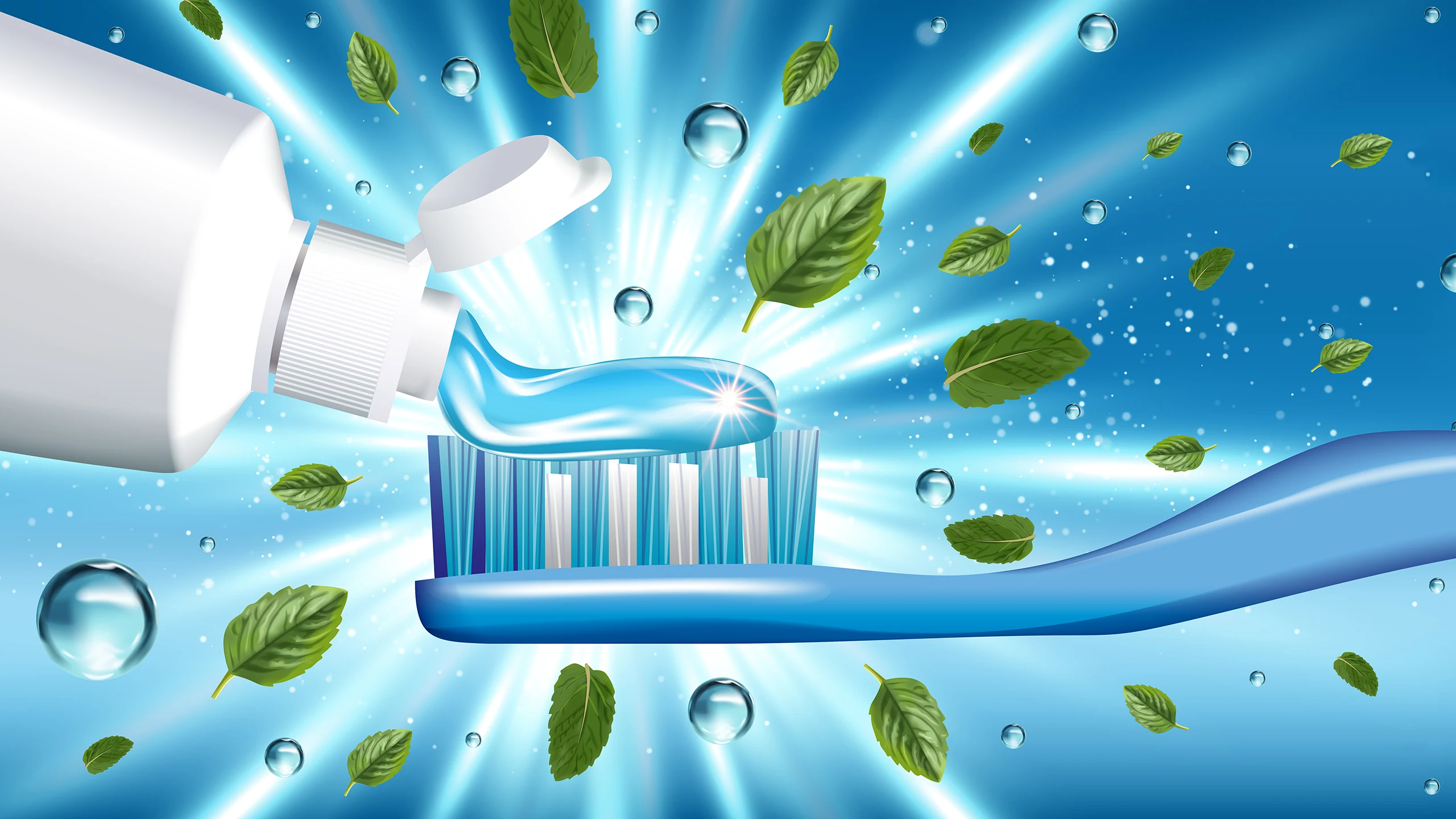Toothpaste, in general, does protect you from tooth decay – but only if you brush! Hi – it’s Dr. Joseph and I’m here to talk about your toothpaste and how it protects your teeth from cavities and decay. We’ll also explore the different types of toothpastes and their benefits.
Does your toothpaste protect you from tooth decay?
Brushing and flossing properly are crucial to dental health. They prevent plaque, a clear film of bacteria that sticks to your teeth. Plaque breaks down sugar into acids that eat away at tooth enamel, causing cavities.
Your toothpaste protects you from tooth decay with flouride, a very important ingredient. Flouride works by making the tooth’s hard outer service more resistent to those acids. You’ll also find flouride in mouthwashes. And here at Odyssey Dental, we offer flouride treatments for both children and adults.
The facts on fluoride
When it comes to fluoride concentration, not all toothpastes are the same. Toothpastes with a low-fluoride content may seem like a budget-friendly option, but these formulas fall short as anti-plaque and anti-cavity agents, leaving your teeth more vulnerable. Britian’s National Health Service recommends children between 3 and 6 brush twice a day with a pea size amount of toothpaste containing at least 1,000 parts per million of floride. Older children and adults should use a toothpaste containing 1350-1500ppm. You can find this information on the toothpaste box.
A closer look at toothpaste types
In addition to the floride that helps prevent cavities, toothpastes can be fortified with other ingredients. When gum inflamation, also known as gingivitis, strikes, look for a toothpaste with the antiseptic agent triclosan. Looking to tackle teeth stains? Try a whitening toothpaste with peroxide. Choose one with a concentration of no more than 1.5%. And to seal the dentin to shield nerve endings and allivate pain, select a toothpast with a desensitizer.
Toothpastes also contain abrasives like calcium carbonate and silicates, so be careful with your brushing technique. Aggressive brushing with abrasive ingredients can result in enamel damage. Easy does it!
Look for the ADA Seal of Acceptance
If your toothpaste of choice has the American Dentistry Association Accepted Seal, it means that toothpaste has met certain criteria, including safety, efficacy, ingredients, labeling and packaging, and scientific evidence, including clinical studies, to support its claims about the product’s benefits. On the ADA website there are more than 400 products with the Seal of Acceptance in 15+ categories.
Armed with knowledge about fluoride concentration, abrasive ingredients, and different toothpaste types, I hope you feel more equipped to make informed choices. If you’re unsure about the right toothpaste for you, we’re happy to go through your options as part of your regular checkup. Remember, every squeeze of toothpaste is a step toward preserving the gateway to your health—your beautiful teeth.

